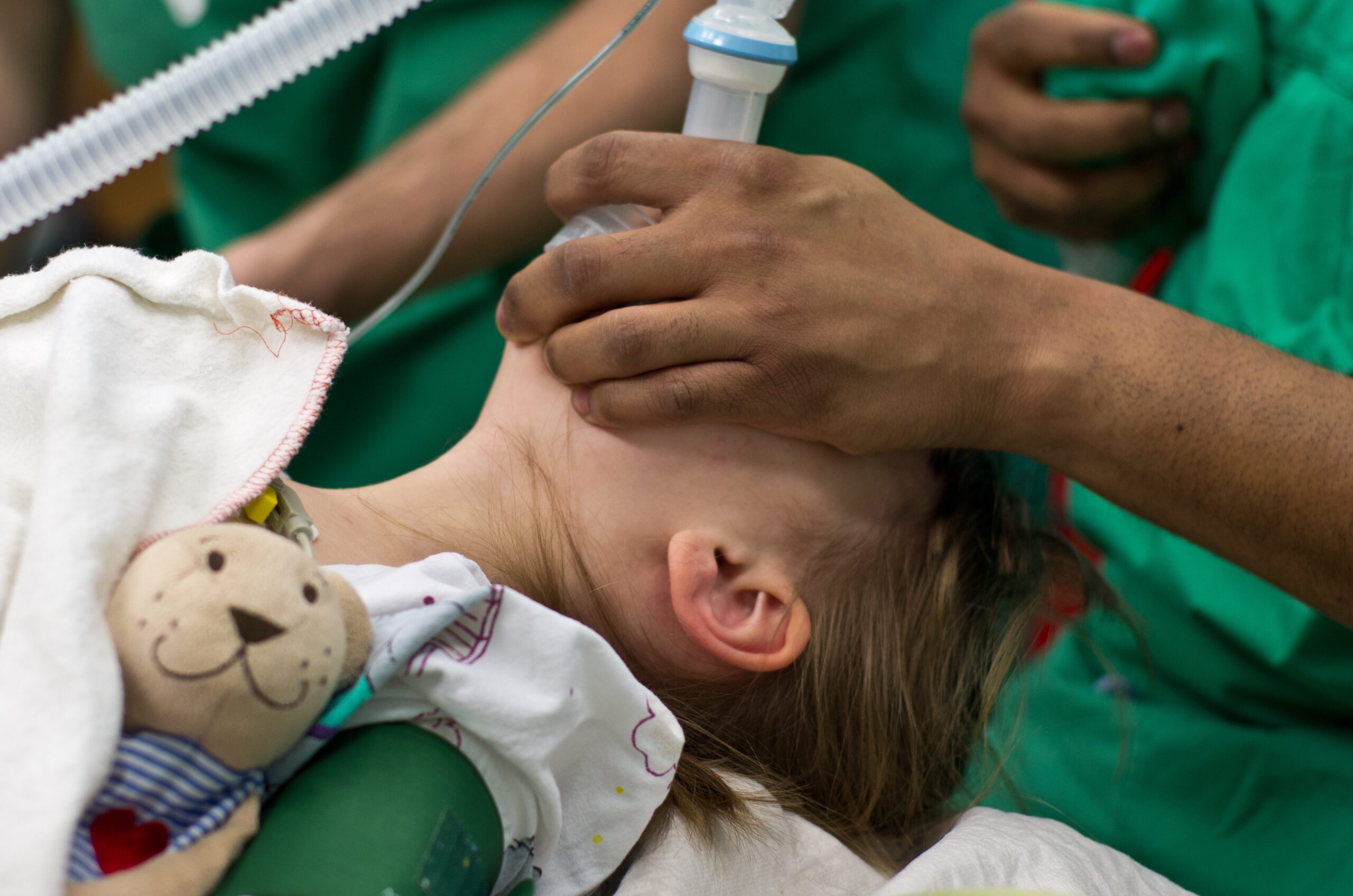Take for example, Palm Beach County and its handful of EMS agencies, almost of all of which are headed by Dr. Ken Scheppke. Residents of Palm Beach County who suffer out-of-hospital cardiac arrest have a 65% chance of regaining a pulse and, of those, over half walk out of the hospital neurologically intact. These statistics are not anomalies, rather they are the result of the willingness to re-search medical dogma and remain nimble as a healthcare agency. A simple look at how the AHA guidelines are formulated provides an understanding of why the process may be flawed. Recommendations in the 2010 guidelines were released based on research that was completed in the preceding 5 years. These same projects took years to complete due to the rigorous requirements of scientific research.
This equates to medical practice today using research from up to 10 years ago. It’s no wonder why EMS professionals find themselves as the “tail wagging the dog,” and leading the way in medicine making the 5-year distribution cycle of “new” guidelines almost immediately obsolete. Even now with the AHA promising a shorter 2-year interval, the disparity of care between cutting edge systems and those lagging behind will always be obvious.PALS guidelines changes are eagerly anticipated as well yet, until now, there hasn’t been the same willingness to push the envelope on pediatric out-of-hospital care. We have started a movement that will reframe the discussion of pediatric care in the field. It is my belief that children and adults should be treated using the same paradigm so that EMS professionals are not paralyzed by thought. We recently launched a 4-hour pediatric course for EMS professionals that used ACLS as the foundation. Needless the say the response was even more positive than we’d ever expected. More to come in future posts!


